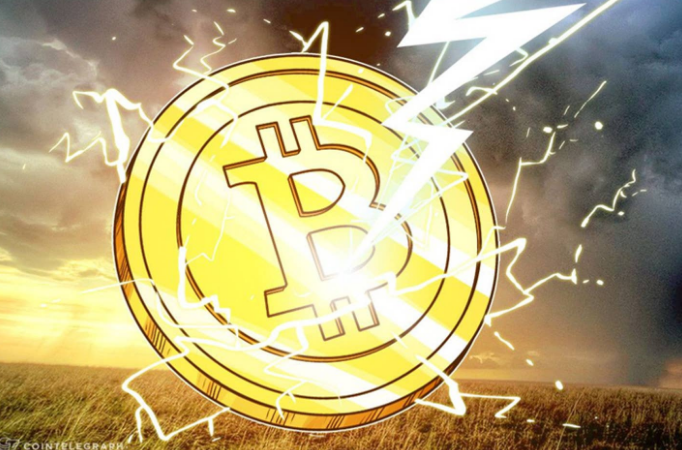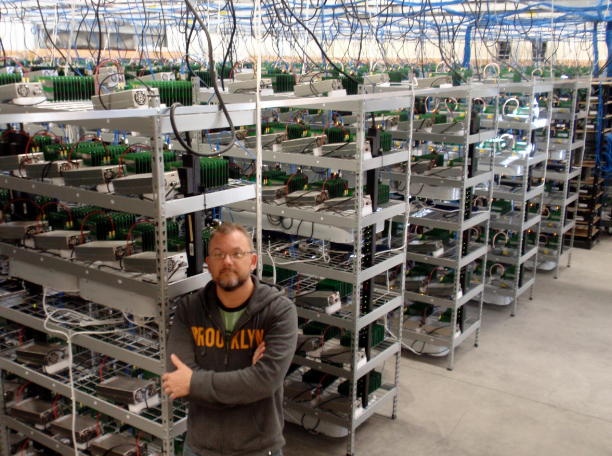When you go shopping in El Salvador, Argentina, Central Africa Republic, or any of the other worldwide regions that have legally recognized cryptocurrency, you will notice that most businesses are accepting Bitcoin payments via the Lightning Network.
Conceived in 2015, the Lightning Network is a layer 2 solution for Bitcoin to make payments faster and cheaper. You only pay pennies for lightning payments, rather than multiple dollars (sometimes up to 20, 30 or 50 dollars!) for on-chain Bitcoin transactions.

Why Lightning?
For the first few years of Bitcoin's existance there was no need for the Lightning Network, because on-chain transactions would confirm relatively quickly, and at low cost.
However, as Bitcoin speculation started to take off during the 2017 bull run, payment reliability plummeted, and network fees blew up. As a result, consumers no longer wanted to pay with it, and merchants no longer wanted to accept it.
Bitcoin developers promised for years that the Lightning Network would resolve these problems. Now, after several years of development, it's finally being used in some parts of the world.
On-Chain Bitcoin Payment
If you make a Bitcoin payment without the Lightning Network, you are sending an on-chain transaction, meaning that your transaction will be sent to a Bitcoin miner for processing.
Miners all around the world compete to validate Bitcoin transactions and add them to the next block on the Bitcoin blockchain. In order to have your transaction included in a block you have to pay a fee to the miner. The fee increases when the Bitcoin network gets busy.

On-chain fees were relatively low until BRC-20 and Ordinals (essentially NFTs on Bitcoin) became popular in 2023, causing transaction fees to skyrocket. At that point, it became even more important to use the lightning network to save on fees.
Lightning Bitcoin Payment
When you make a lightning payment no Bitcoin miners are involved. Instead, your transaction is sent to a lightning node for off-chain processing.
This is less secure, as the hashing power of the Bitcoin network isn't used to confirm your payment. For that reason, lightning is only used for small amounts.
In order you use the lightning network, you first need to send some on-chain Bitcoin to a lightning channel with the person or business you want to transact with. Keep in mind that opening a channel requires paying an on-chain transaction fee.
It's impractical to open a channel with every business you plan to send Bitcoin to, so there are lightning hubs that transactions get routed through, making the network somewhat centralized.
The lightning network is still in development, meaning it sometimes has issues. In my own experience, routes sometimes cannot be found, payments aren't received by the merchant, or there is a long delay before they finally get it.
Conclusion
You can pay with Bitcoin either on-chain or via the lightning network. Paying on-chain is much more expensive, depending on network congestion. Lightning on the other hand, is much cheaper and faster, but is less secure, and sometimes unreliable.
Follow Me
If you learned something in this article, be sure to read my other posts about finance and crypto here on the HIVE blockchain, or follow me on InLeo for more frequent updates.
Until next time...